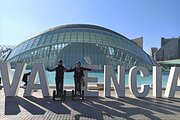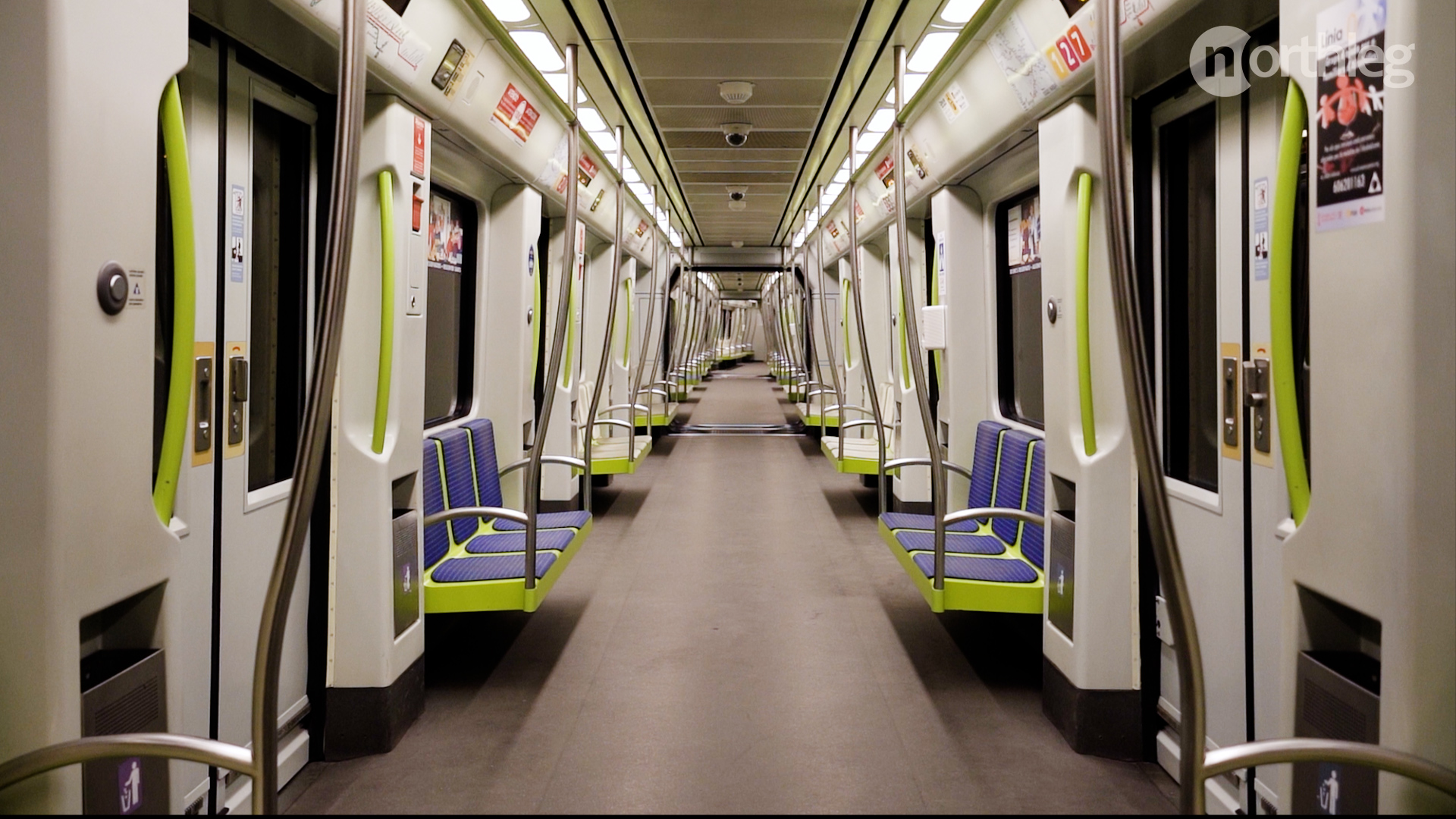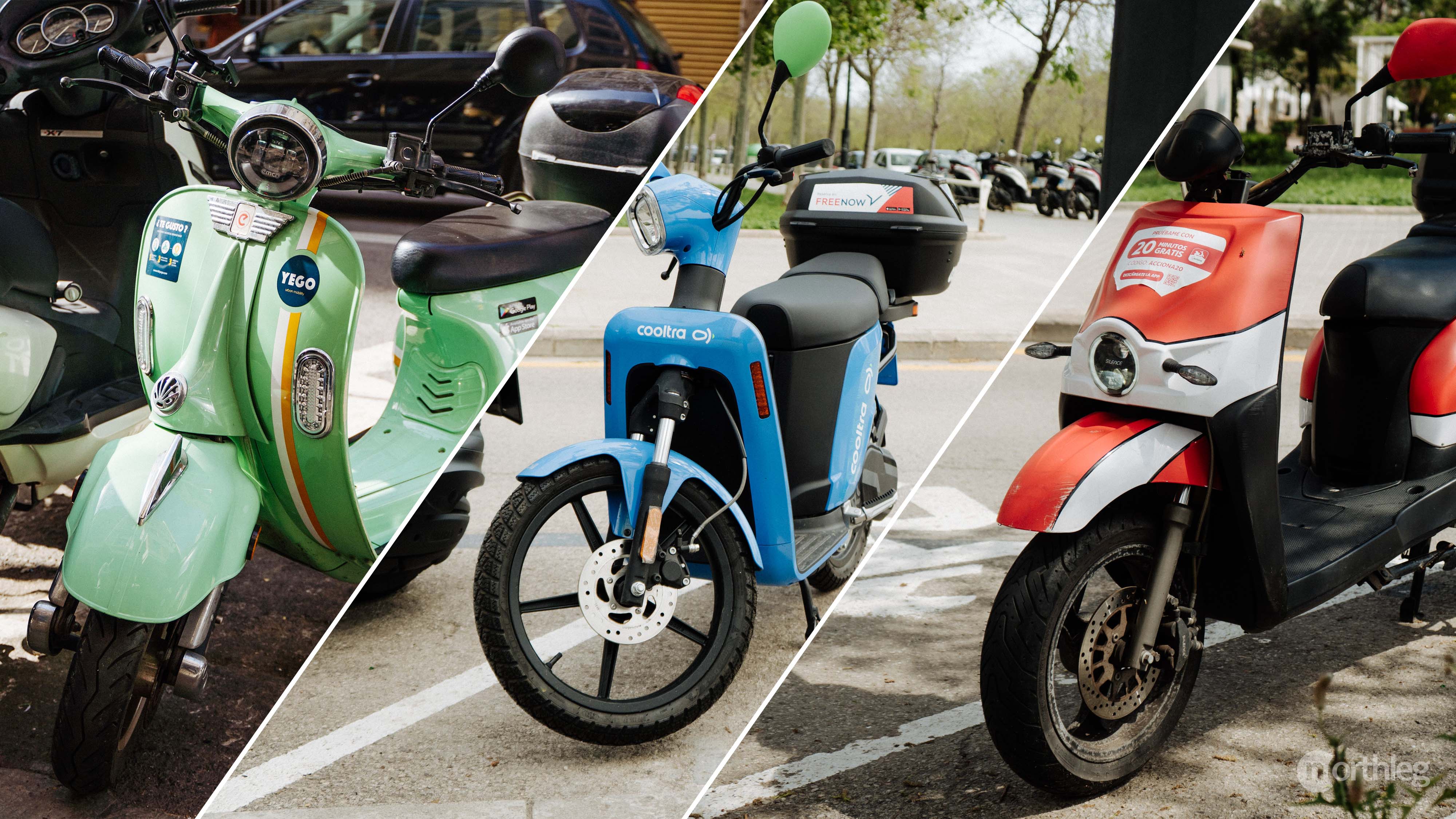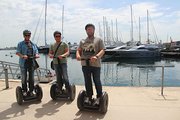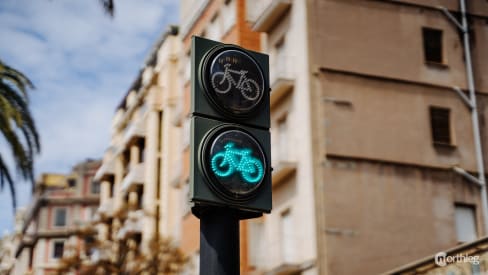
FAQs
FAQs
Here you can find quick answers to all of your questions. Linked, you’ll find the articles or the sections of the articles that can give you more detailed information.
-
Yes, the public transport in Valencia is efficient and affordable. There are a metro and tram network, a bus network for the city and another one for the outskirts, a bike sharing system, as well as other private methods of transport (scooter-sharing, car-sharing and of course taxis).
-
There are several public transport card options in Valencia. The most similar to all-transport passes are the SUMA passes and the Valencia Tourist Card. They are valid across metro, tram, and bus networks (and the SUMA even for Cercanías trains).
You can learn more about the different kinds of public transport tickets in our dedicated article.
-
There are a couple of maps you can look at.
One is the tram and metro network map
. Bus maps, on the other hand, tend to be very confusing, so we recommend using the
to look at bus routes.
-
There are four public transport zones in the city of Valencia.
Zone A covers the city centre, Zone AB is the overlap zone, covering Valencia’s larger urban area. Zone B covers small towns and municipalities around the city, Zone C is the airport.
Here can have a look at the
-
There are several ticket options available in Valencia. You can choose between single-use tickets, daily tickets, or 10-journey tickets, depending on which one better suits your needs.
You can learn all about them in our dedicated article.
-
There are a few different public transport apps, however, in our experience, not all of them work well. We recommen you check out our apps guide to get an idea of which ones you should use.
-
Yes, you can either take the metro or the bus to Valencia Airport.
If you prefer, you can also take a taxi, or hire a private vehicle.
-
Yes, all public transport (metro, buses, and trams) is available for free in Valecia for people under 30. To have free access across these networks, you have to request a free transport card online. The only prerequisite is to have a Spanish DNI or NIE.
-
Yes, there are a total of six metro lines in Valencia city. The network also includes four tram lines. The network is efficient and reliable, covering Valencia city centre and its surroundings nicely.
-
Yes, there are two main public bus networks. EMT buses cover the city centre, while MetroBus connects the surrounding municipalities and small towns to the centre.
-
In Valencia you can choose between public transport (metro, trams, and buses), vehicle-sharing options (bike-sharing, scooter-sharing, or car-sharing), and even private transport options (bike rentals, taxis, or car rentals).
-
Yes, Valenbisi is Valencia’s public bike-sharing system. It is very affordable and it offers an excellent service.
-
Absolutely yes. Valencia is not a massive city, so you can comfortably walk around. However, if you intend to move a lot outside the Old Town (for example to go to the beach), we recommend you use some form of wheeled transport.
More related activities...
You might also be interested in...

Ninots and Ninot Exhibition
The satirical figures that make up the fallas and how they become Ninots Indultats, saved from the flames by the public’s vote
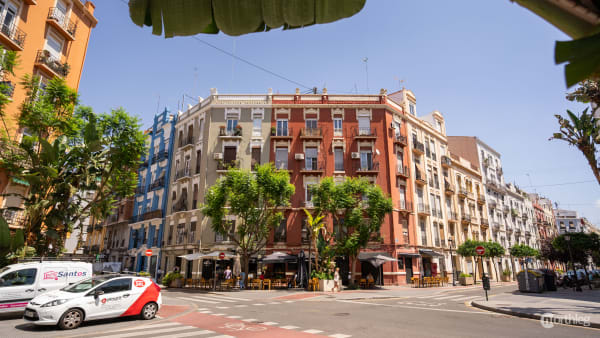
Ruzafa
Art collectives, pastel façades, bakeries, courtyard concerts and bohemian bars: this is Valencia’s hip neighbourhood. This is where you come to unwind on a sidewalk terrace after a museum tour.

Torres de Quart
A stern defence gate that endured the attack of military troops and time, the Quart Towers stand today as an important remnant of the Valencian Middle Ages.
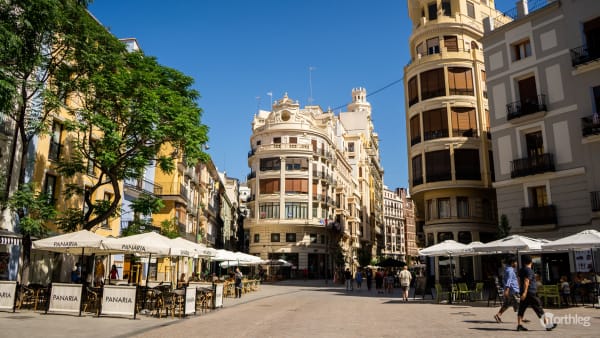
Top 7 must-see areas in Valencia
Whether you consider yourself more of a history lover, a shopping enthusiast, a hopeless romantic, or a backpacker waiting to kick back and relax with the locals, there’s a place for you in Valencia. These are the neighbourhoods and areas that you cannot miss if you really want to get to know the city.

The metro and tram in Valencia
Valencia’s urban rail network counts a total of 146 stations, divided into ten active lines. With its total length of 162 km, it covers Valencia’s urban area thoroughly and it is a great way to move around the city.

Plaza del Ayuntamiento
Characterised by its early 20th century buildings, Plaza del Ayuntamiento is one of the most important squares and meeting points in Valencia.




